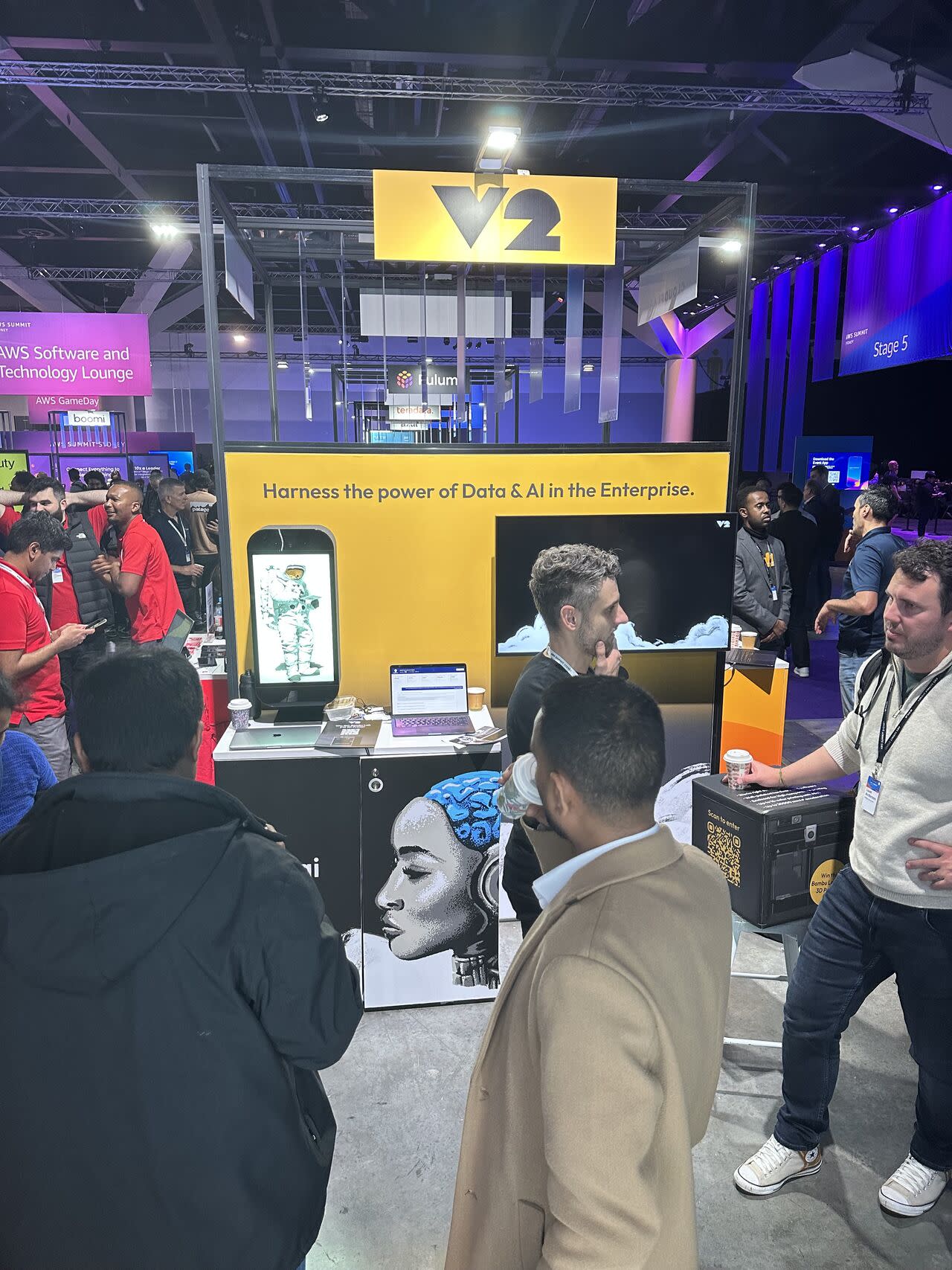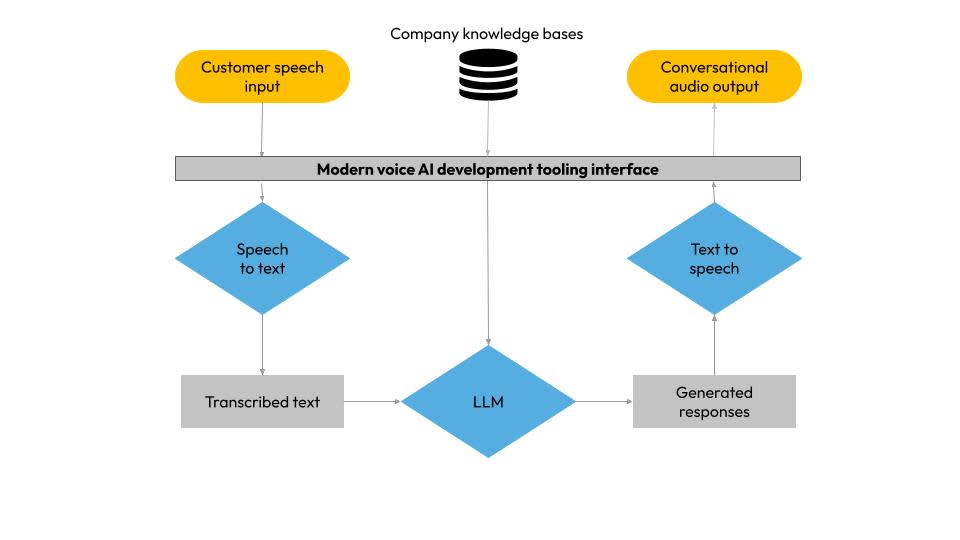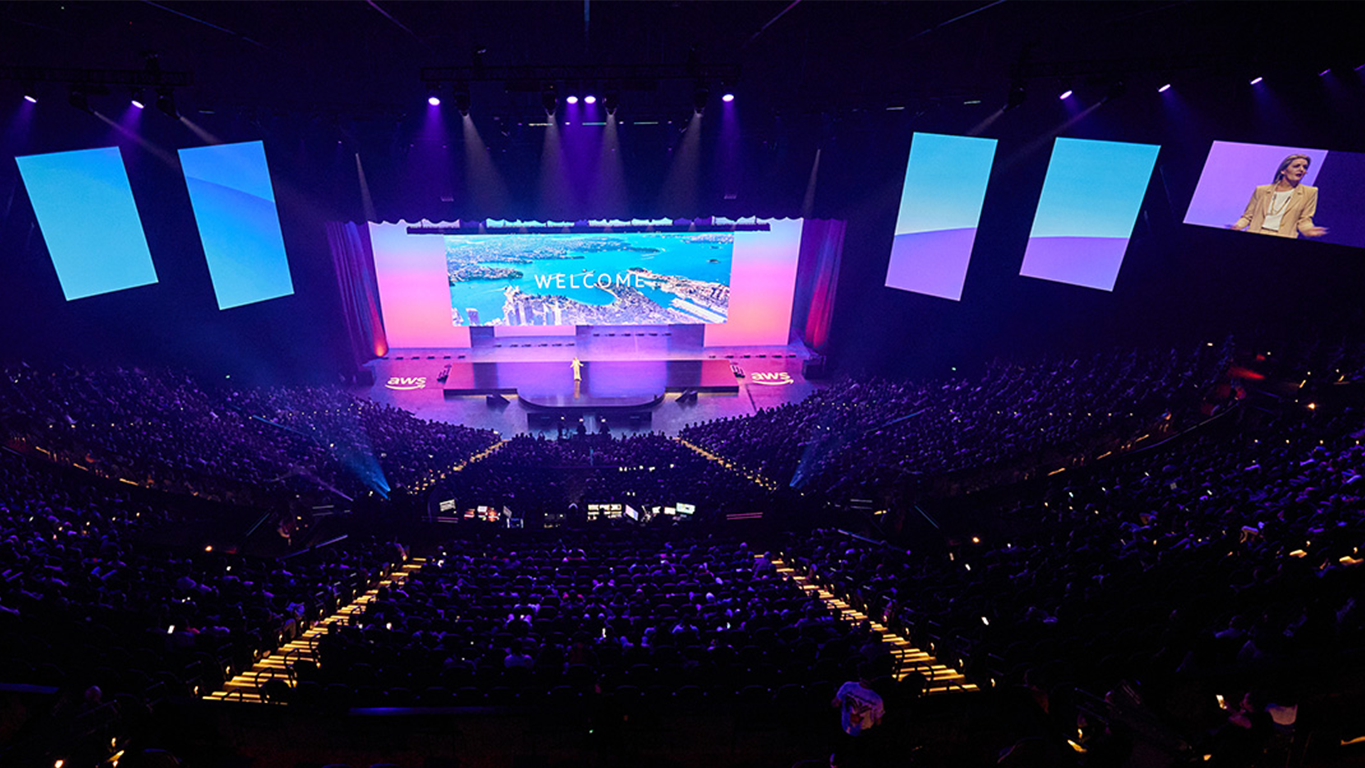TLDR: AWS Sydney Summit in June 2025 brought together thousands of engineers and innovators from around the globe. This blog explores the growing capabilities of AI technologies available for solution building and how organisations can use them to accelerate their own innovation journey.
AWS recently brought together thousands of business leaders, developers, and builders at Sydney's International Convention Centre for their annual Summit for Australia. The V2 team was proud to sponsor and present in strong numbers, with our own booth showcasing our hologram and our agentic AI-powered conversational analytics demo. We also offered visitors the opportunity to win a Bambu Lab P1S 3D printer!

With over 150 talks and presentations, the event highlighted both where AWS is directing innovation efforts and what customers are building with AWS tools.
Artificial intelligence and data clearly dominated the conversation, and it was clear that leaders across industries are thinking deeply about how to use AI not just to grow, but to grow responsibly.
Here are four AI trends that stood out to us from the energy and buzz of the Sydney Summit!
#1 Agentic AI Is Shaping the Future of Business Systems
AI agents are autonomous AI systems that can collaborate to automate complex workflows. The summit showcased a few key agentic AI demos in action. Our V2 demo showed how AI agents can be used to democratise data access in the enterprise. Anyone can ask natural language questions, and agents convert these requests into technical queries, then pull relevant data from existing data systems.
Another demo highlighted how an AI agent can plan holidays like a seasoned travel agent - suggesting itineraries, flight and accommodation options, and even completing bookings on the user’s behalf.

The summit revealed that agentic AI development capabilities are maturing at an accelerated pace. AWS tooling, such as Amazon Bedrock Agents, enables developers to build and set up an AI agent with memory retention for task continuity, along with built-in security and reliability, in just a few steps. However, beyond the AWS ecosystem, there is also an ongoing maturity of other adjacent technologies. For example, the Model Context Protocol (MCP) is a technical framework that allows AI models to interact in a standardised way across enterprise applications. Standardisation makes it easier to build AI agents for any enterprise workflow automation.

MCP protocol standardises AI connections with third parties.
#2 Voice AI Is Maturing into an Enterprise-Ready Toolset
AI is taking voice interactions to the next level. The AWS summit showcased a demo where AI was making voice interactions and taking bookings on behalf of a healthcare organisation. The AI voice sounded practically human, with an accent, tone, emotions, and even pauses that closely matched how we communicate.
In the past, several building blocks were necessary to make human-like AI-generated voice conversations possible. Developers typically had to separate reasoning and voice, with one AI converting user voice input to text and back, and then feeding the text to another AI for problem-solving, and then back into text-to-speech.
However, Amazon is now making voice models the dominant interface. Amazon Nova Sonic provides developers with several capabilities to build voice AI chatbots within a single tool. There are several opportunities for call automation, voice-enabled personal assistants, outbound marketing, education and training, and voice AI agents.

How voice AI works under the hood
#3 AI Empowers Everyone to Create and Experiment
AI has the potential to accelerate human innovation and take new ideas to market faster than ever before. For example, a startup presented a demo of AI-assisted music composition. Anyone can use AI to convert a hum or tune into a song, publish it, and generate revenue from the process. Another startup showcased a solution that could perform complex legal research and predict a law firm’s chances of winning a case.
Similarly, within the enterprise, every employee can utilise AI to streamline their day-to-day tasks or develop prototypes from new ideas. For example, Amazon Q Apps, a feature in Amazon Q Business, provides lightweight app creation capabilities to both technical and non-technical team members. Your sales teams can build apps that draft engaging customer e-mails from sales meeting notes, or your HR team can create an app that supports employee onboarding.
The overarching message of the summit was a call for organisations to move beyond task-based roles and empower employees to innovate, reimagine processes, and adopt new ways of working.
#4 Curiosity and the Builder Mindset Still Win in AI
AI capabilities are accelerating rapidly, and potential becomes reality within months. Three months in AI is what a year in IT has been in the past. The pace of change is rapid, and enterprises need to be increasingly agile at this time.
Organisations need to prioritise experimentation over getting stuck in “analysis paralysis" research and planning to maintain momentum. Developers need a curiosity mindset to ask, “How can we make this possible?” instead of “Is this possible?”.
Successful experimentation can drive enterprise AI strategy as teams discover new solutions to old problems.
The most practical takeaway for AWS Summit attendees was the message about organisational change by Phil Le-Brun, Director - Enterprise Strategy at AWS.
"While we can solve every problem we can imagine with technology today, unless we change how we work and the skill sets we have, nothing changes."
The real barrier to innovation is no longer technological limitations, but our own organisational constraints and imagination.
Final words
The summit reinforced that innovation isn’t about having the most technology but about asking the right questions, using your imagination, and creating room for your teams to build freely. At V2 AI, we have partnered with AWS Prototyping and Cloud Engineering (PACE) ANZ team to develop proven innovation methodologies that slash costs, minimise risk, and take AI ideas to working prototypes within weeks.
Contact us to learn more about how we can bring AI innovation to your organisation.
If you couldn't visit our summit booth and live and work in Australia, you still have a chance to win a Bambu Lab P1S 3-D printer by taking our 2025 State of AI survey (<3 minutes) before 31 July, 2025. Your voice will help build an understanding of AI's impact on Australian industries as we work towards an AI-first Australia.




